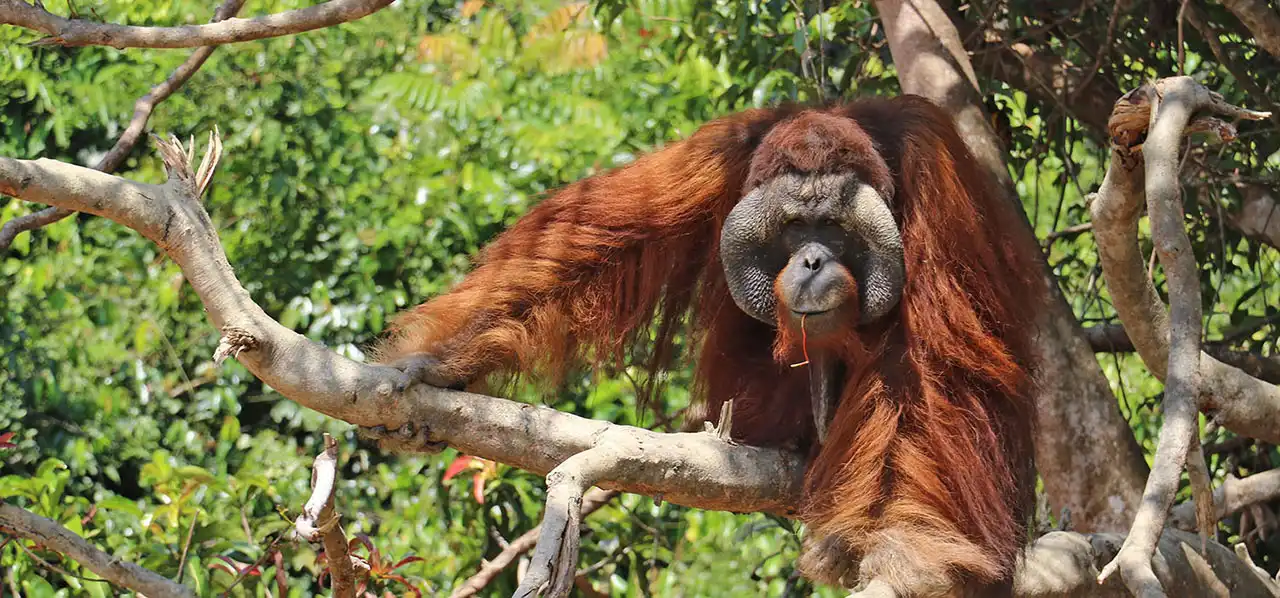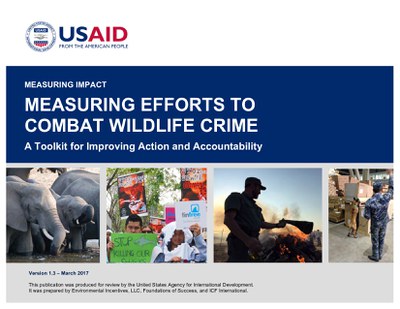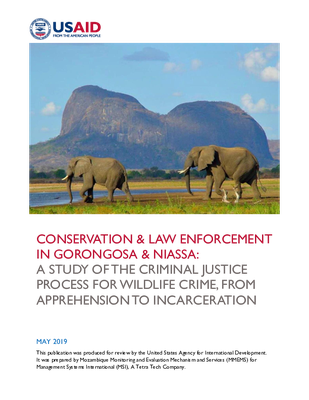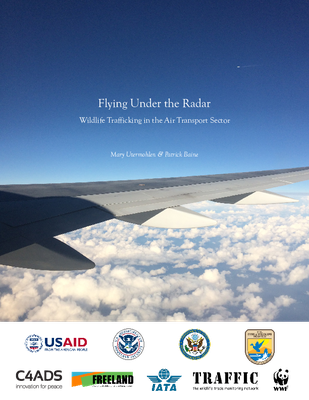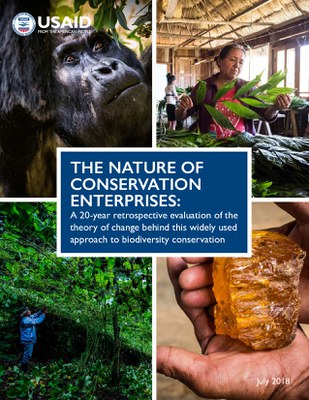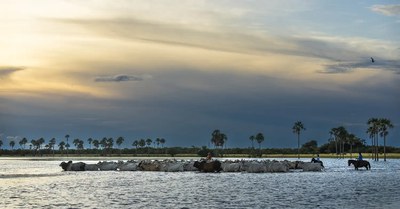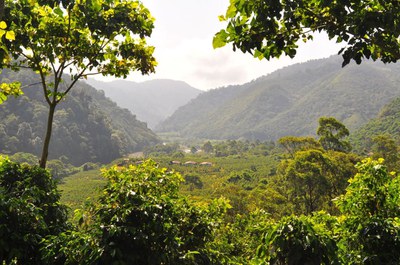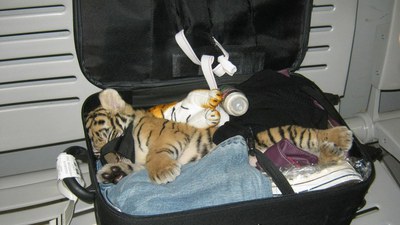Healthy wildlife populations are integral to the well-being and cultural heritage of people around the world. The survival of iconic species—like elephants, corals, great apes, or jaguars—depends on conservation. More than 70 percent of wildlife populations have declined in the past 50 years, with habitat loss and degradation accounting for almost half of this loss. USAID’s comprehensive approach to wildlife conservation and management includes efforts to combat illegal trade, reduce human–wildlife conflict and opportunity for disease transmission, and foster wildlife-friendly enterprises. Through these efforts, USAID aims to conserve species for today’s communities and for future generations.
Projects
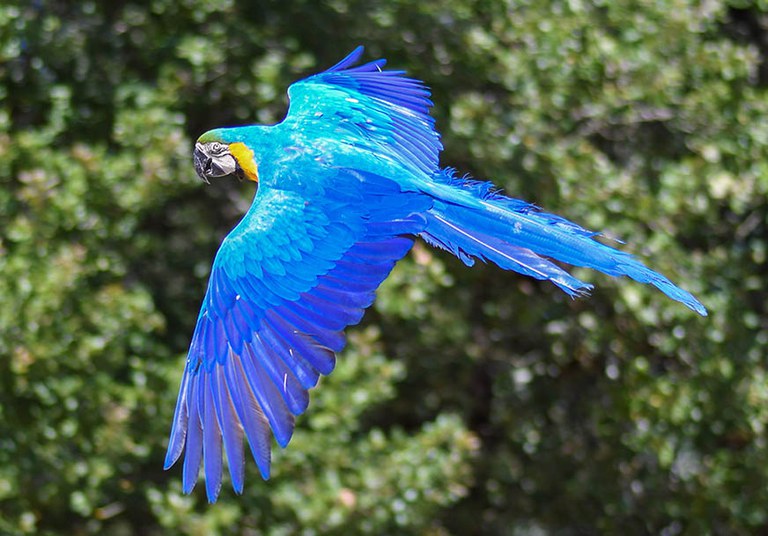
ROUTES
The Reducing Opportunities for Unlawful Transport of Endangered Species (ROUTES) Partnership brings together transport and logistics companies, government agencies, development groups, law enforcement, and conservation organizations to disrupt wildlife trafficking through legal transportation supply chains.
Learn more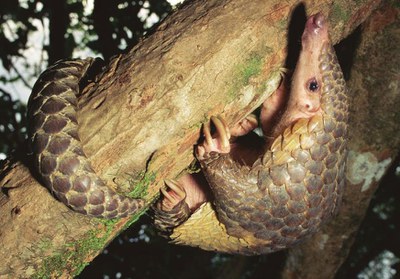
Wildlife TRAPS
The Wildlife Trafficking, Response, Assessment and Priority Setting (Wildlife TRAPS) Project, financed by USAID and implemented by TRAFFIC in collaboration with IUCN, is designed to develop and deliver a suite of ground-breaking partnerships and pioneering approaches to tackle wildlife crime between Africa and Asia.
Learn more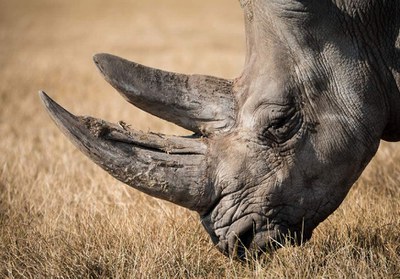
Combating Wildlife Trafficking Case Study Compilation
In 2017, USAID held a global case study compilation to collect lessons on how to build capacity for enforcement and prosecution to combat wildlife trafficking: what has worked, what hasn’t, and everything in between. By sharing knowledge, the community can help others do more and do better.
Learn more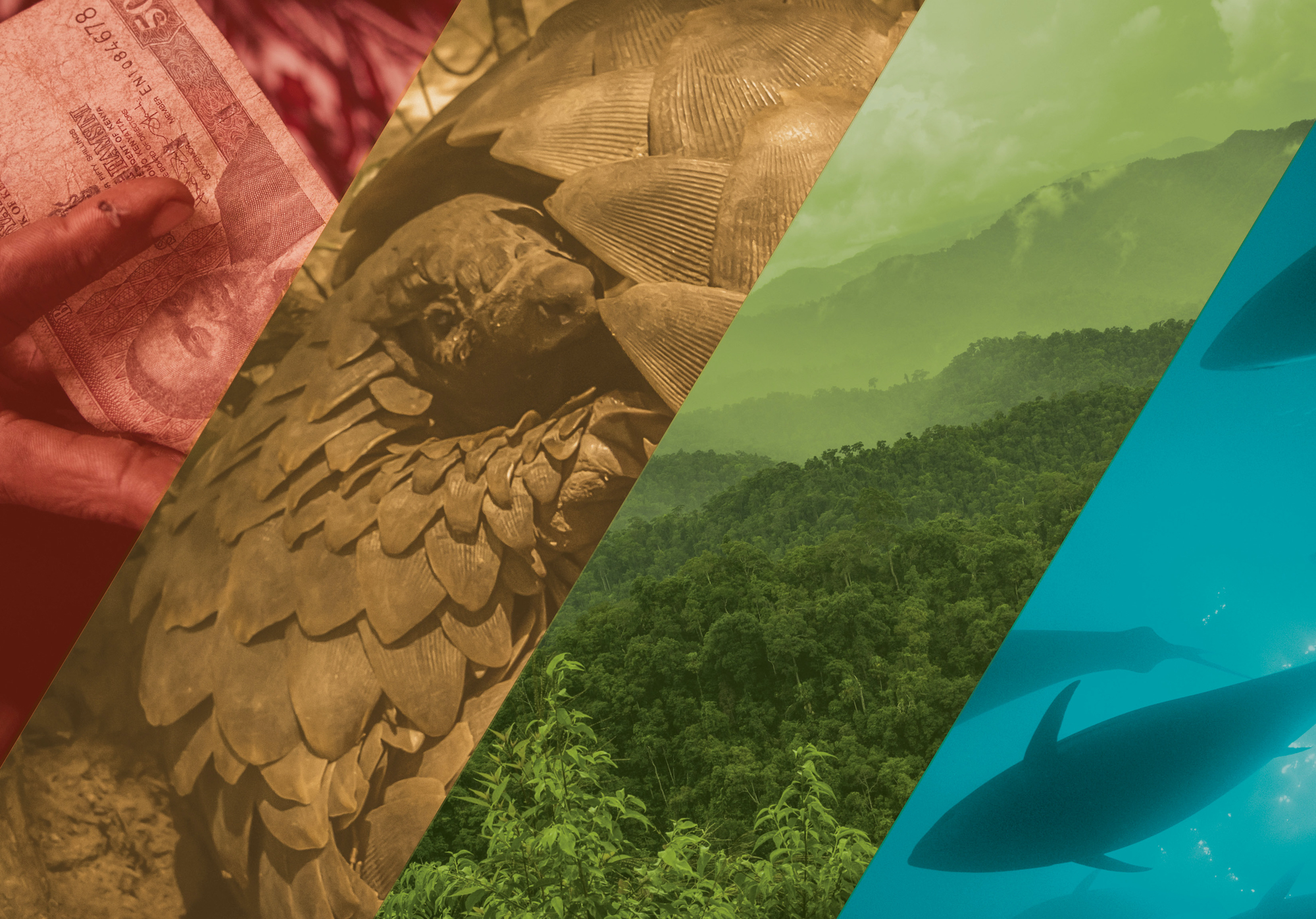
Targeting Natural Resource Corruption
Targeting Natural Resource Corruption seeks to improve biodiversity outcomes by helping practitioners to address the threats to wildlife, fisheries and forests posed by corruption. The project harnesses existing knowledge, generates new evidence and supports innovative policy and practice for more effective anti-corruption programming.
Learn more Collaborative Learning Group Combating Wildlife Trafficking
Collaborative Learning Group Combating Wildlife Trafficking
The CWT Learning Group is focused on building a knowledge base around how best to build capacity for law enforcement, reduce consumer demand, and improve community engagement to combat wildlife crime.
Stories
-
May 19, 2023
Biodiversity Photo Contest 2023
The results of the 2023 Biodiversity Photo Contest are in! Congratulations to our 10 winners. -
Apr 04, 2023
4 Ways Forests Support Our Physical and Mental Well-Being
Healthy ecosystems, especially forests, are at the root of One Health, a cross-sectoral collaborative approach to optimize well-being that integrates human, animal, and ecosystem health. -
Feb 03, 2021
Cleared for Takeoff: Stopping Wildlife Trafficking in the Airline Sector
“Snakes on a plane” is real—not only a Hollywood tagline.


